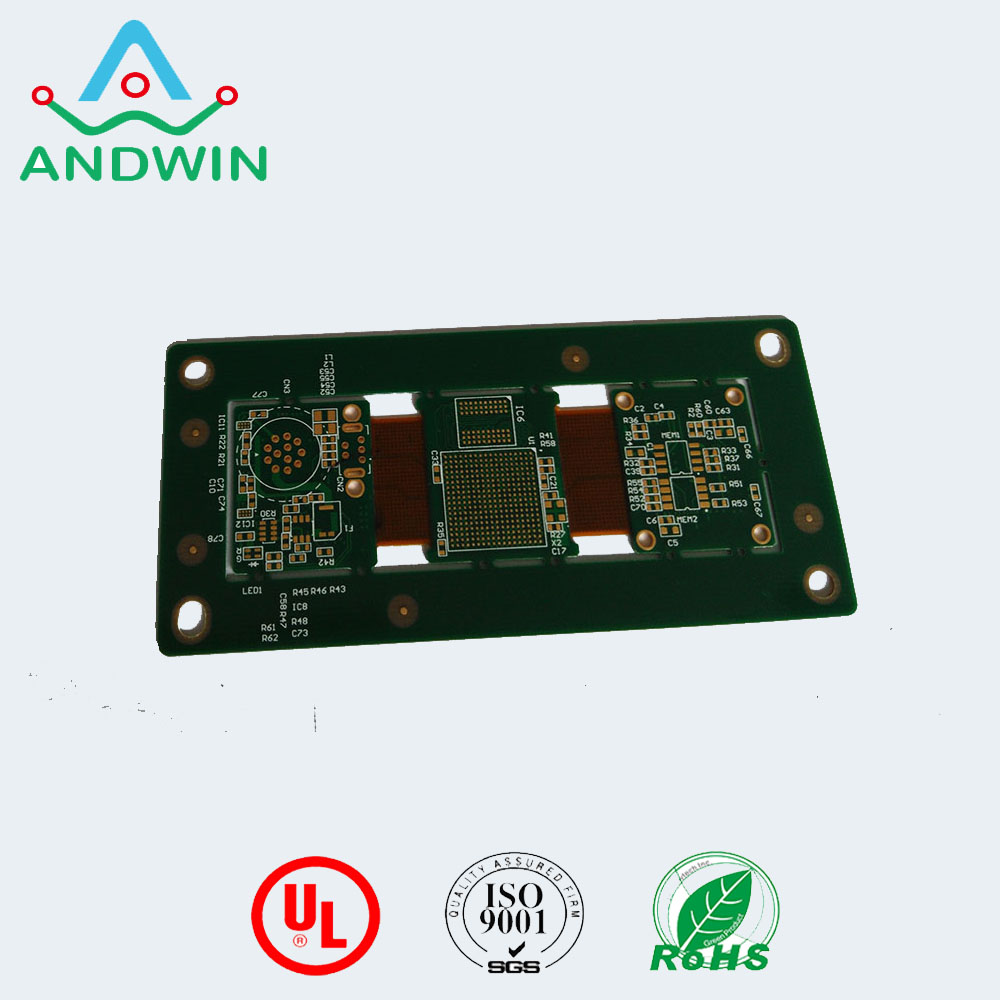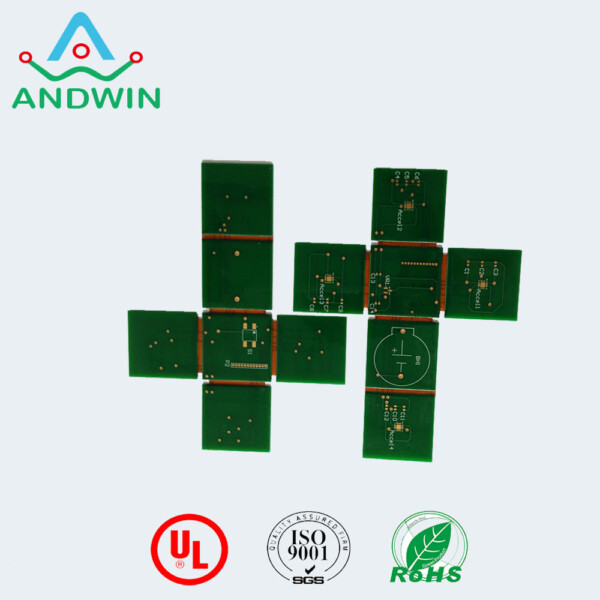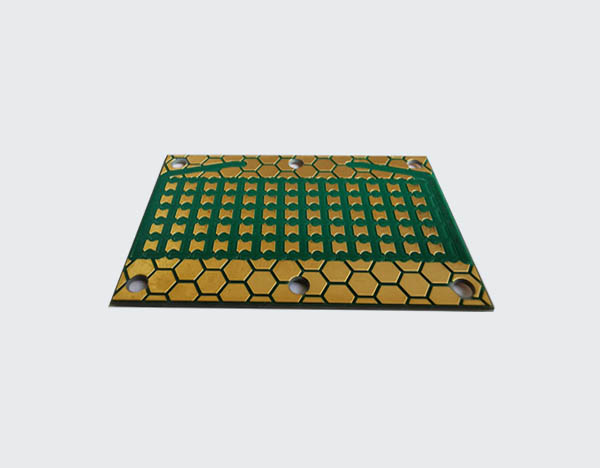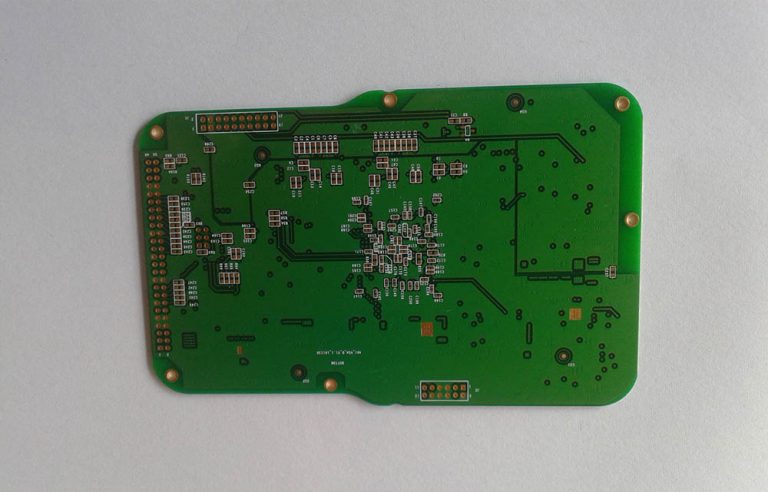Rigid Flex Printed Circuits
Rigid flex printed circuits are a type of printed circuit board that combines the benefits of both rigid and flexible circuits. They are used in a wide range of electronic devices, from smartphones and tablets to medical equipment and aerospace technology. In this article, we will explore the advantages of rigid flex printed circuits, their applications, and the manufacturing process involved.

Advantages of Rigid Flex Printed Circuits
Rigid flex printed circuits offer several advantages over traditional rigid or flexible circuits. Firstly, they are more reliable and durable than either of the two. This is because they are designed to withstand the stresses of both rigid and flexible circuits, making them less prone to damage or failure. Secondly, they are more compact and lightweight than traditional circuits, making them ideal for use in portable devices. Finally, they are more cost-effective than traditional circuits, as they require fewer components and less assembly time.

Manufacturing Process of Rigid Flex Printed Circuits
The manufacturing process of rigid flex printed circuits is complex and involves several steps. The first step is the design of the circuit, which is done using computer-aided design (CAD) software. The design is then printed onto a substrate using a special inkjet printer. The substrate is then coated with a layer of copper, which is etched away to create the circuit pattern.
The next step is the lamination process, where the circuit is sandwiched between layers of adhesive and flexible material. This creates a flexible circuit that can be bent and shaped to fit the device it is being used in. The final step is the assembly process, where the various components of the device are connected to the circuit using soldering or other techniques.

Conclusion
Rigid flex printed circuits are a versatile and reliable type of printed circuit board that offers several advantages over traditional rigid or flexible circuits. They are used in a wide range of electronic devices, from smartphones and tablets to medical equipment and aerospace technology.
The manufacturing process of rigid flex printed circuits is complex and involves several steps, but the end result is a highly durable and reliable circuit that can withstand the stresses of both rigid and flexible circuits.







